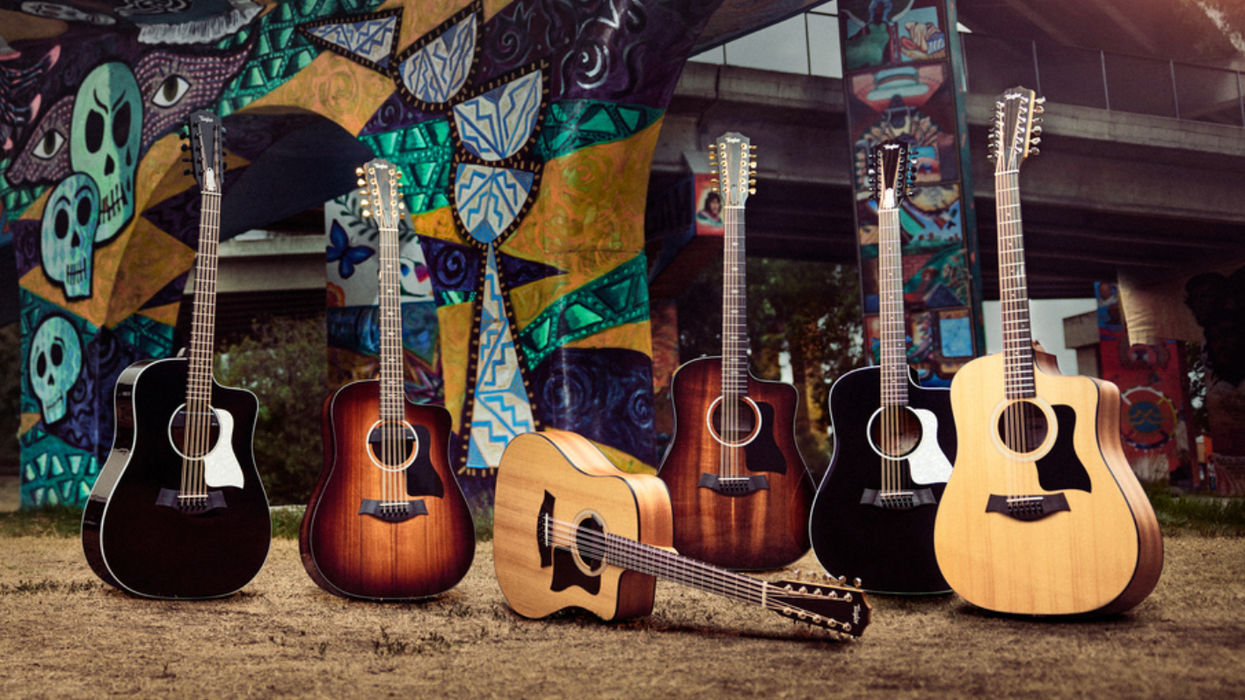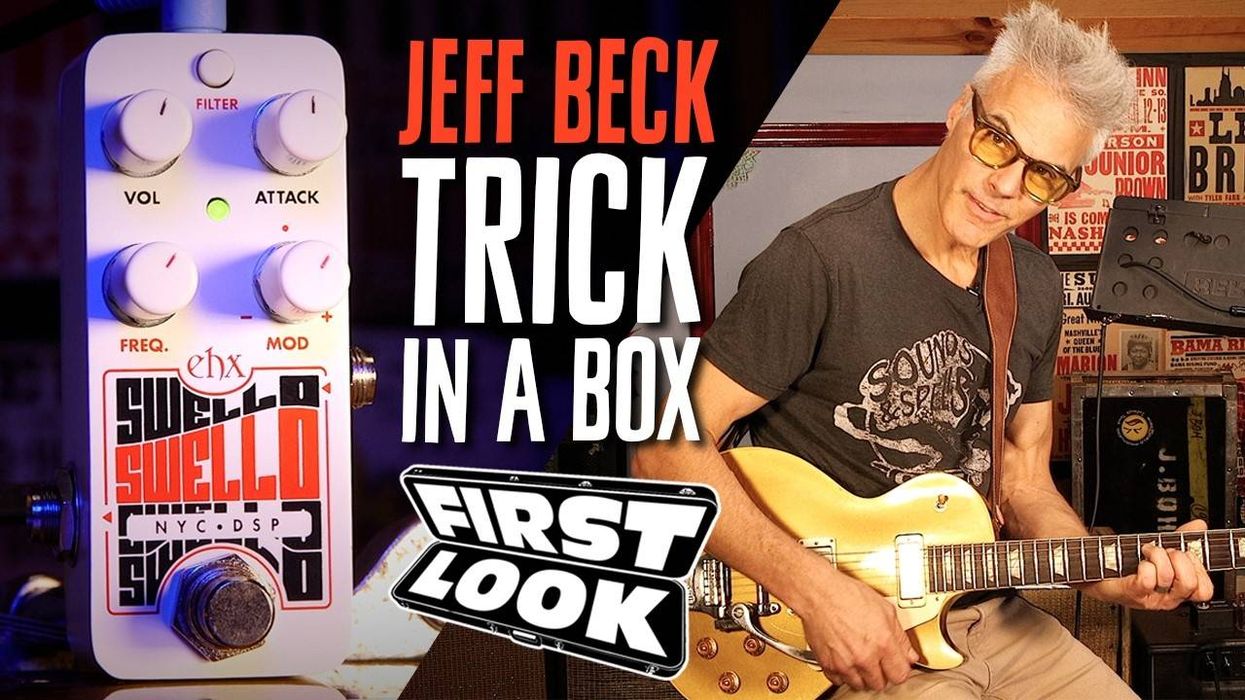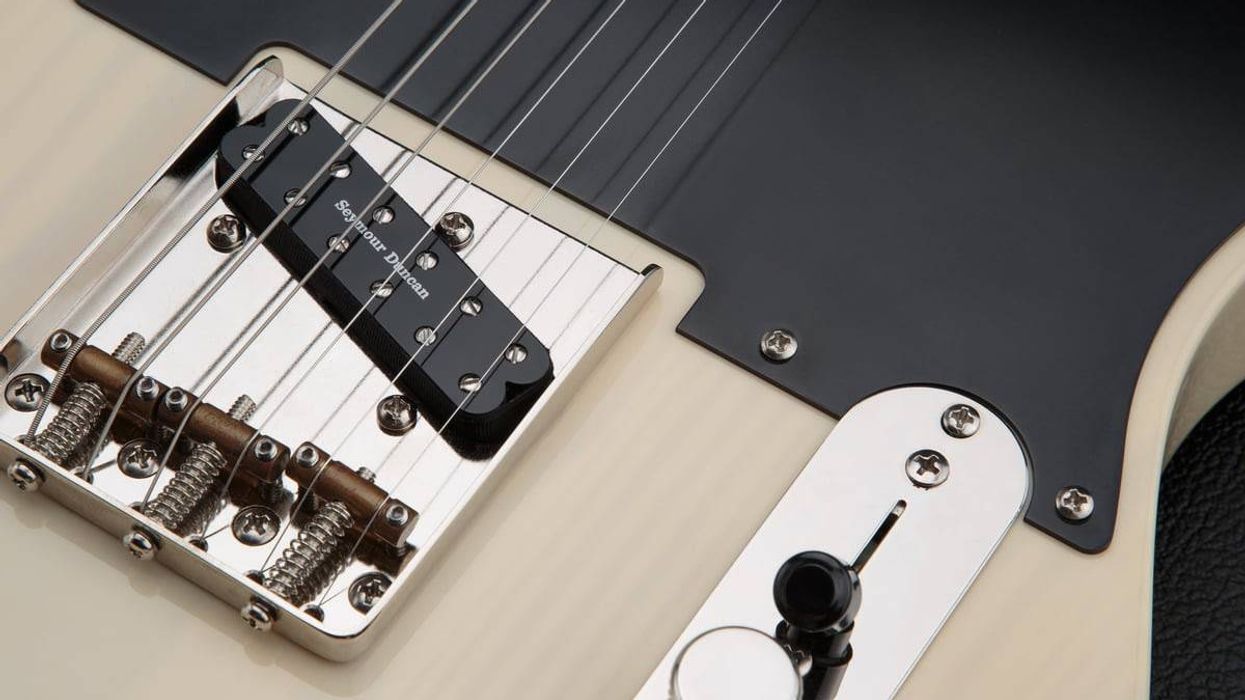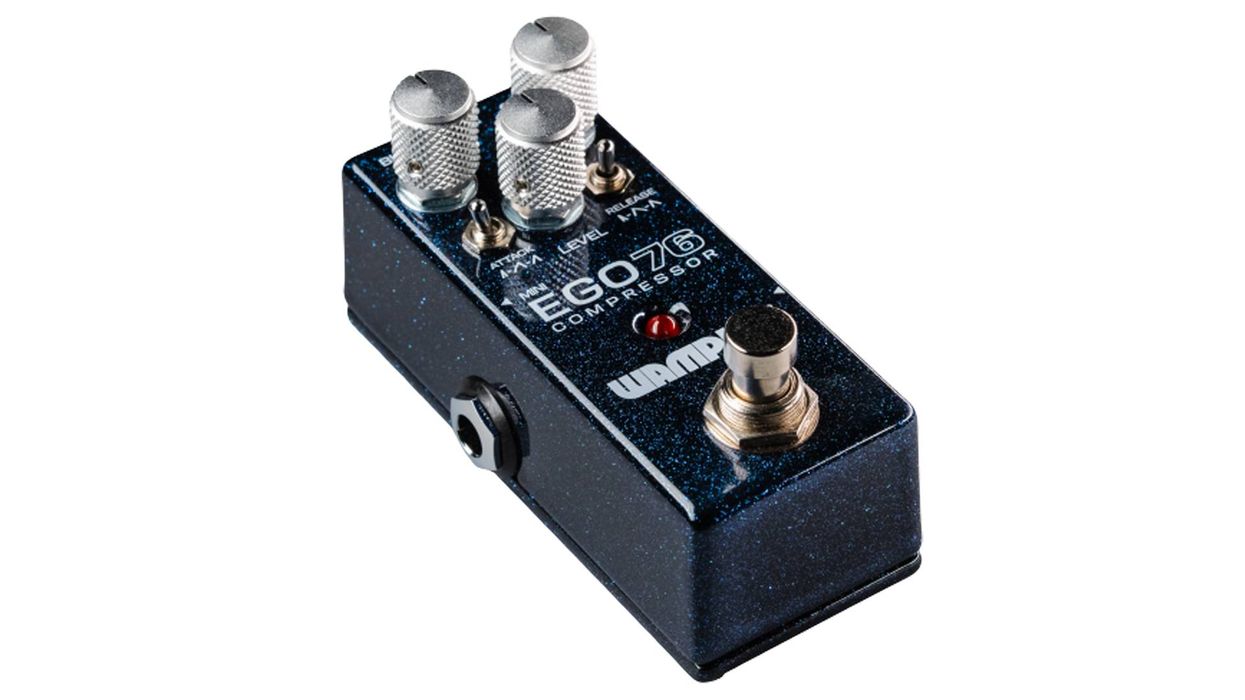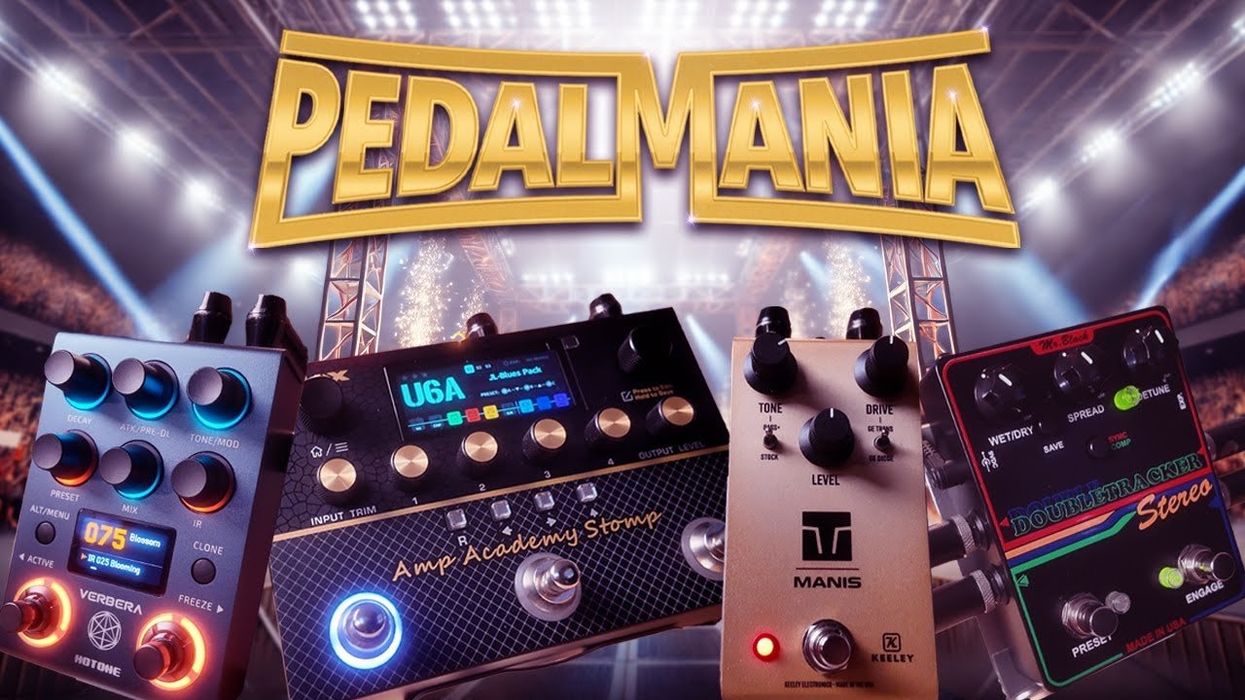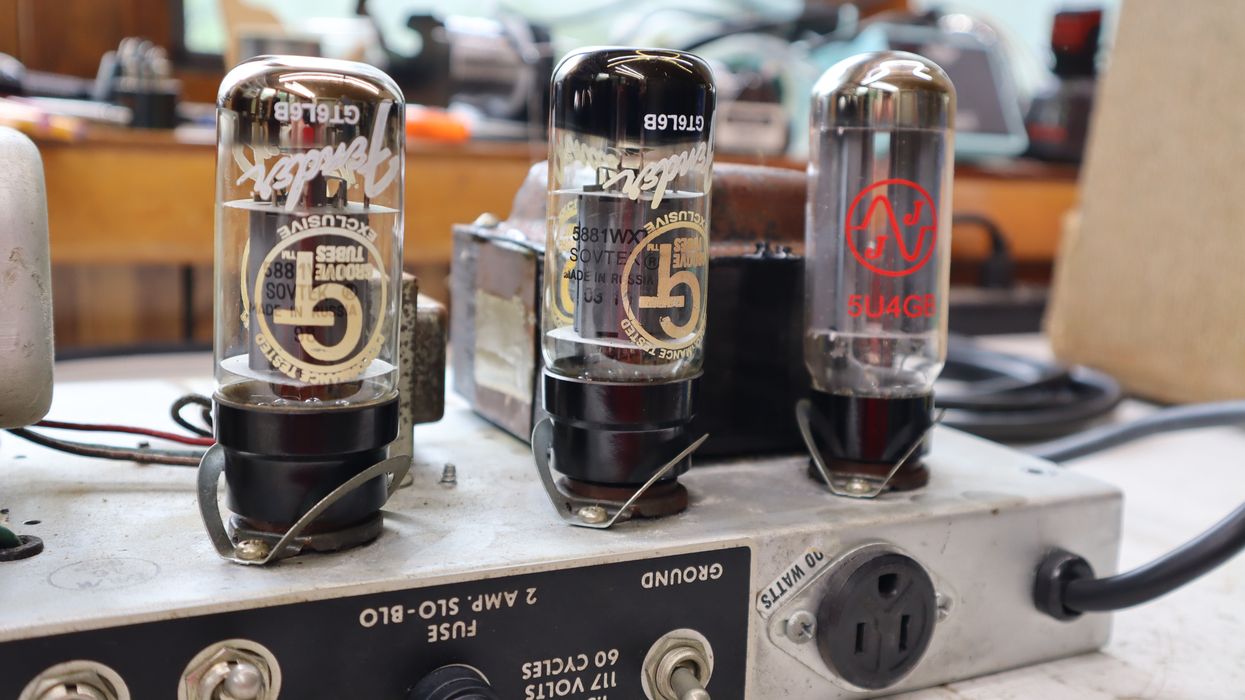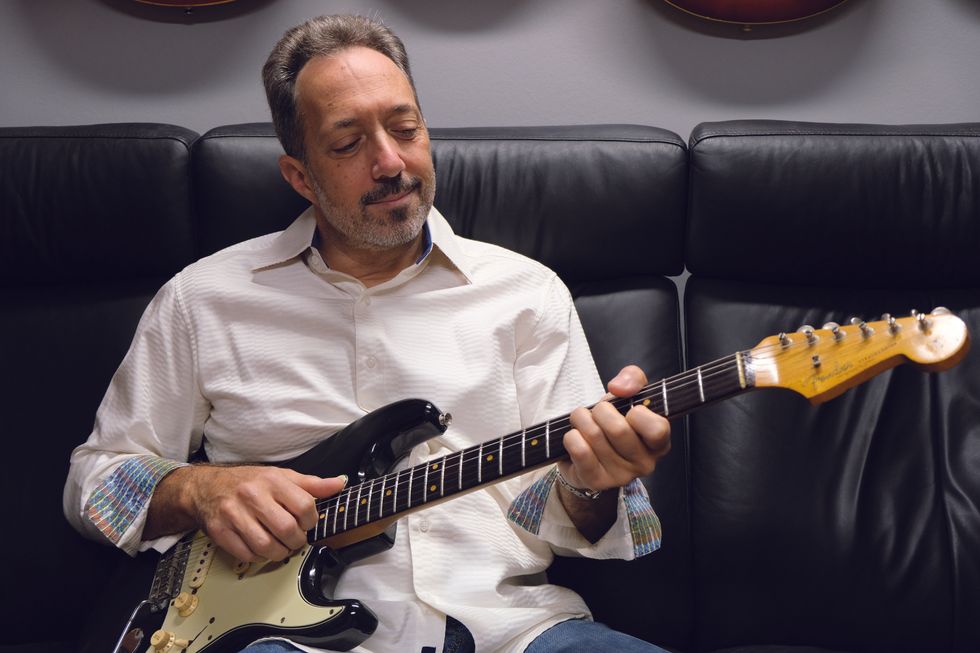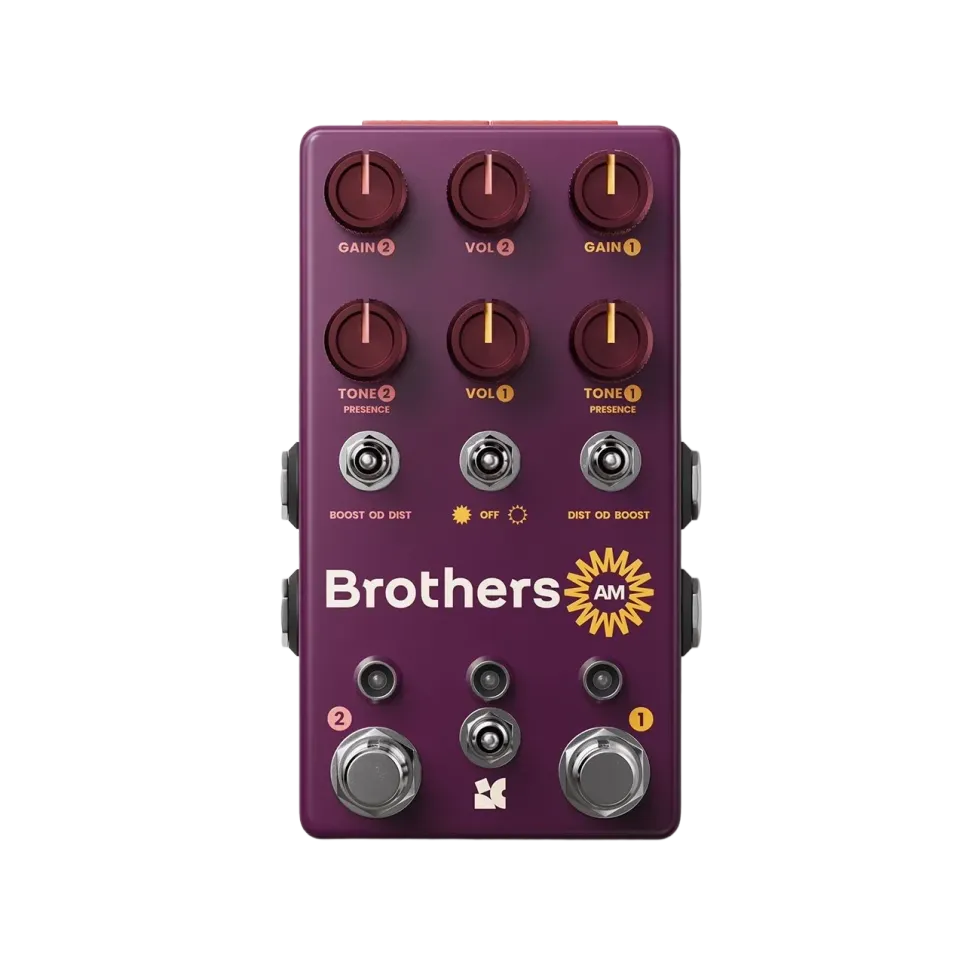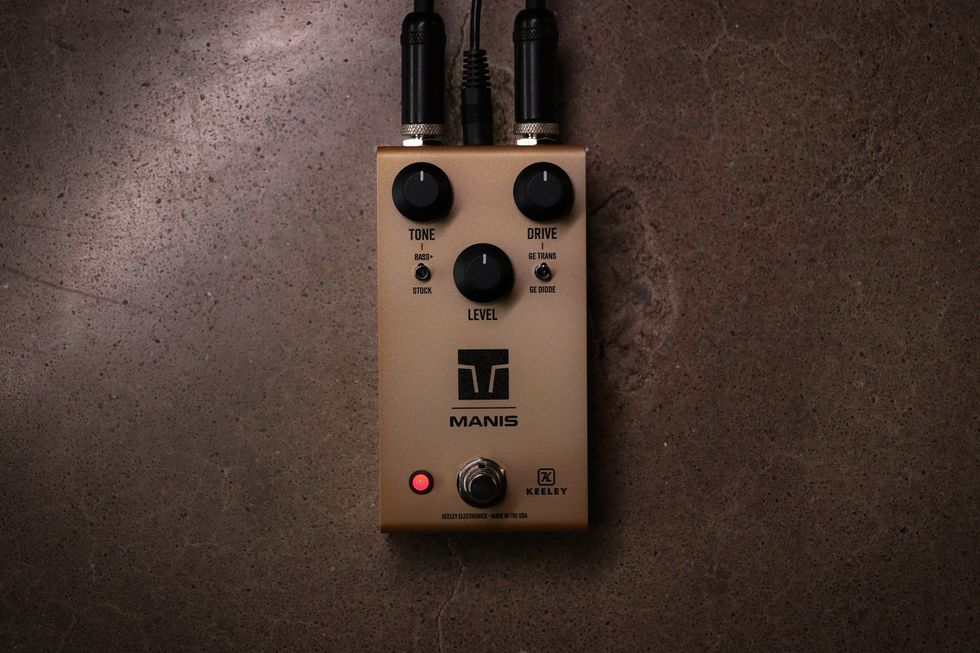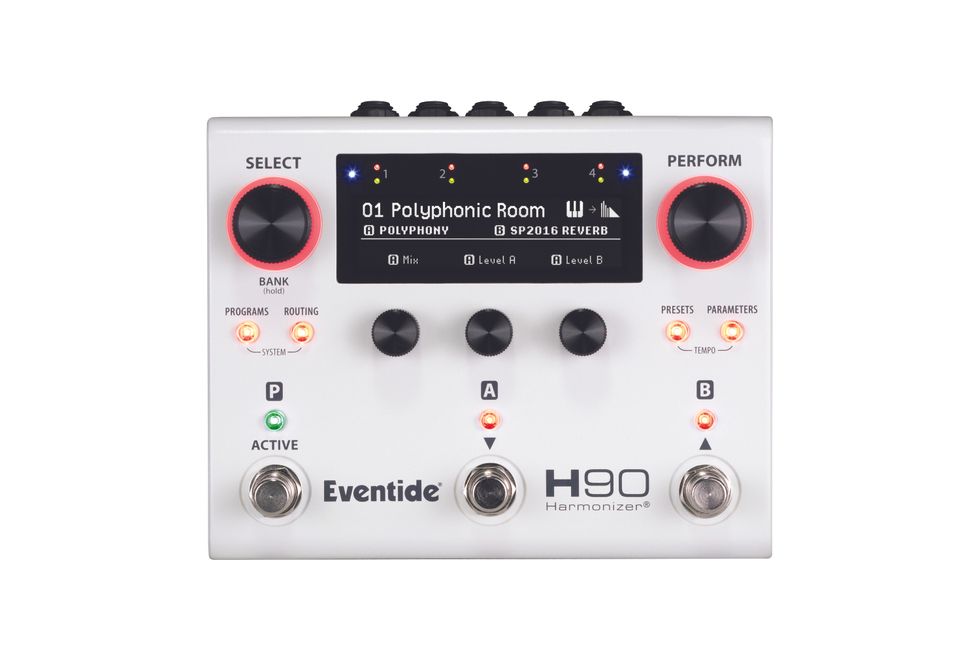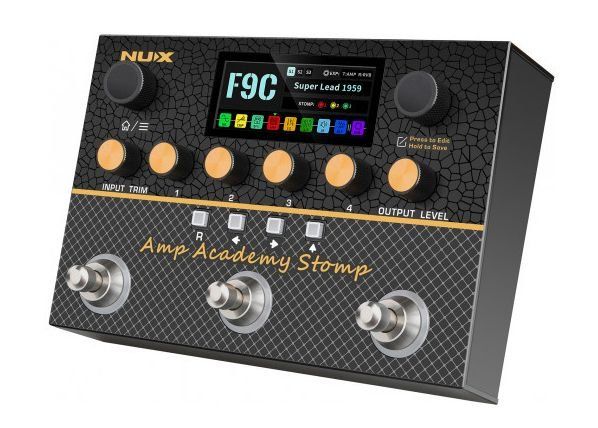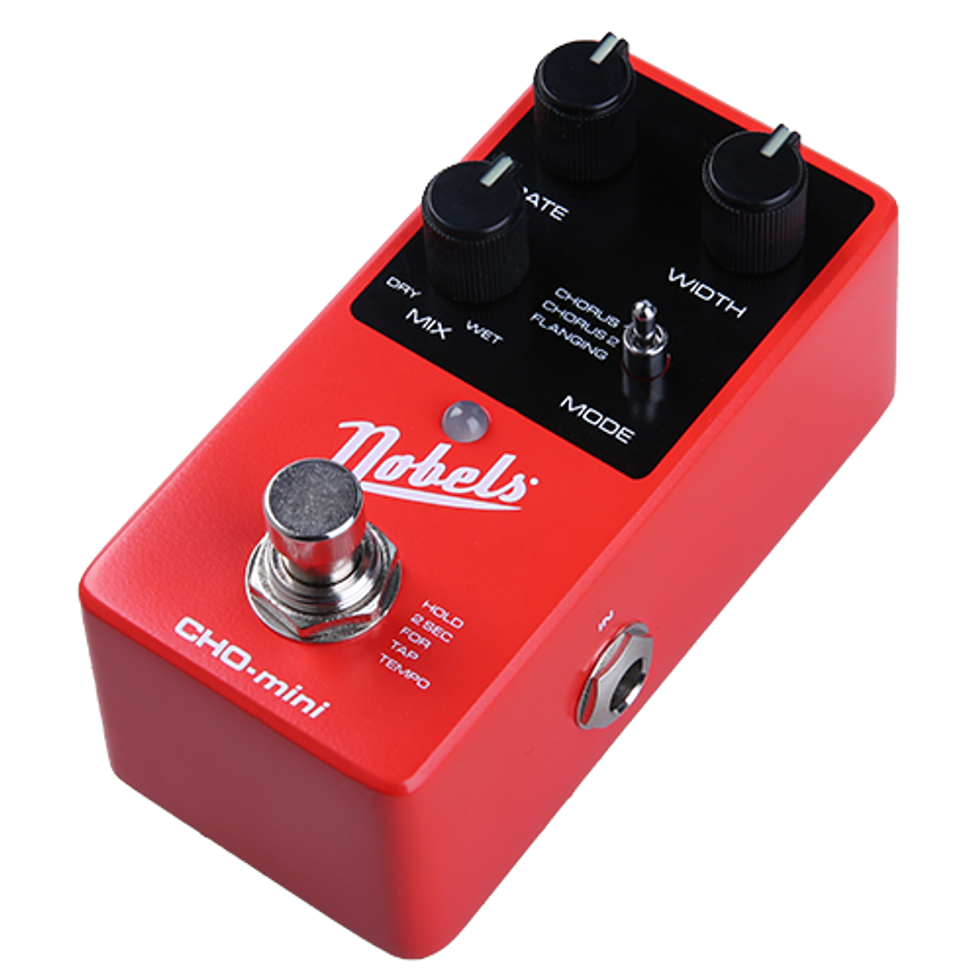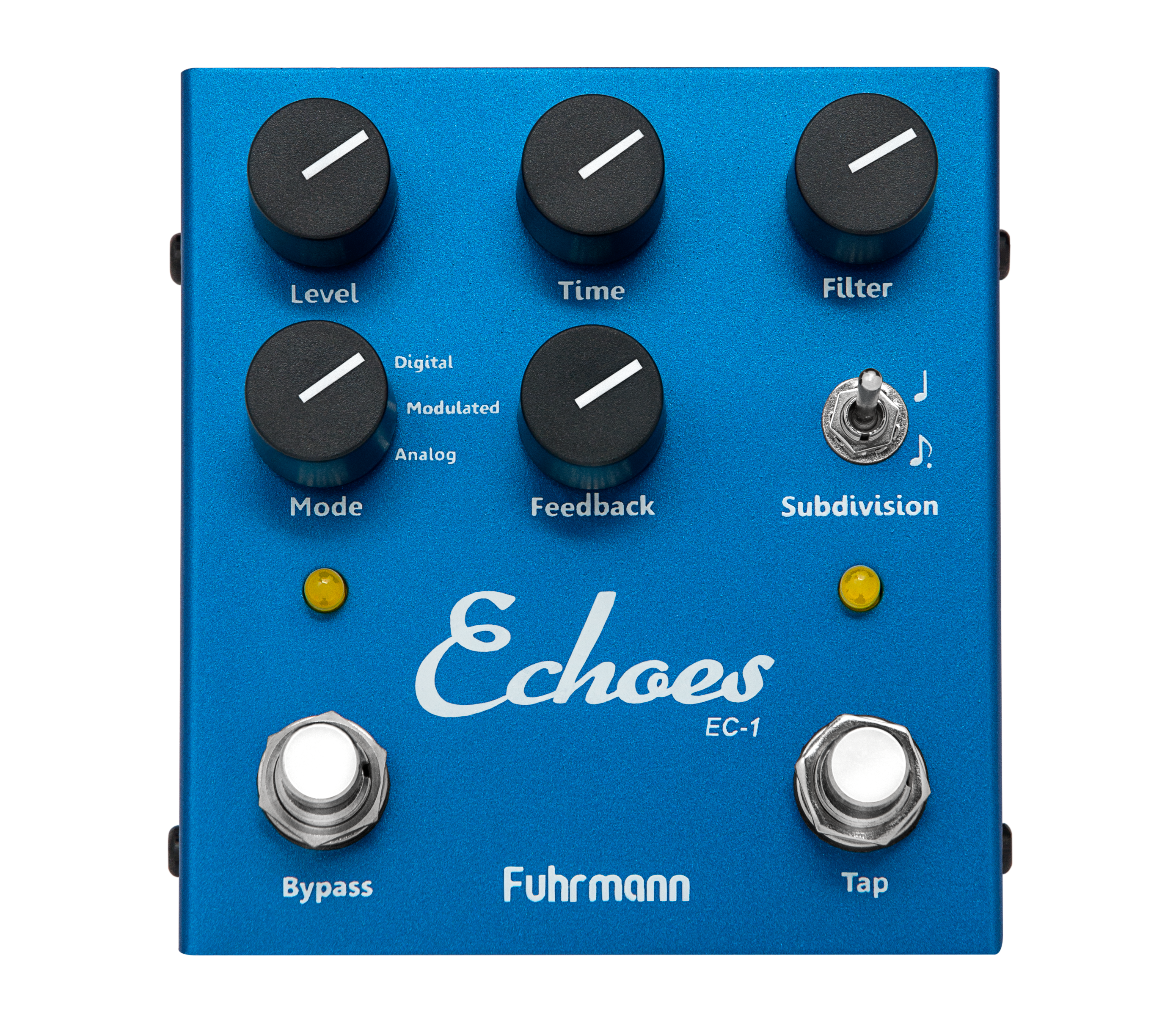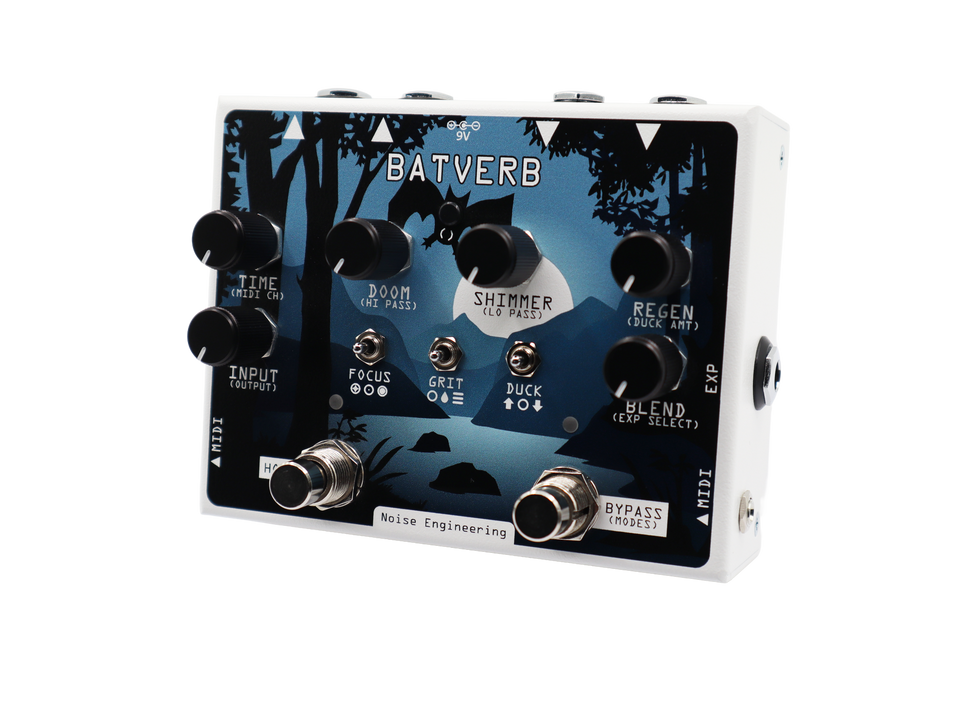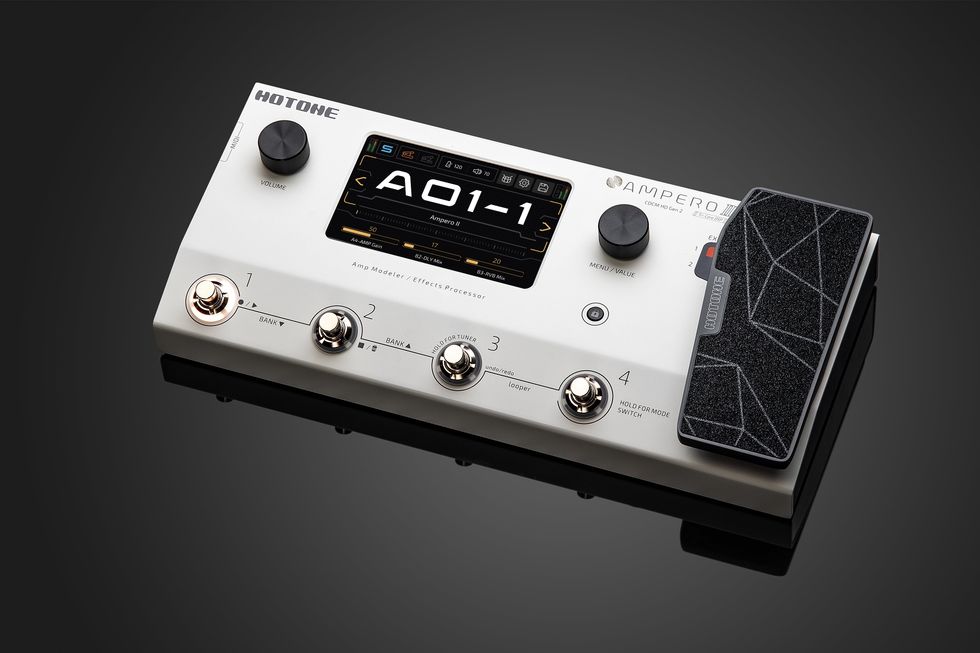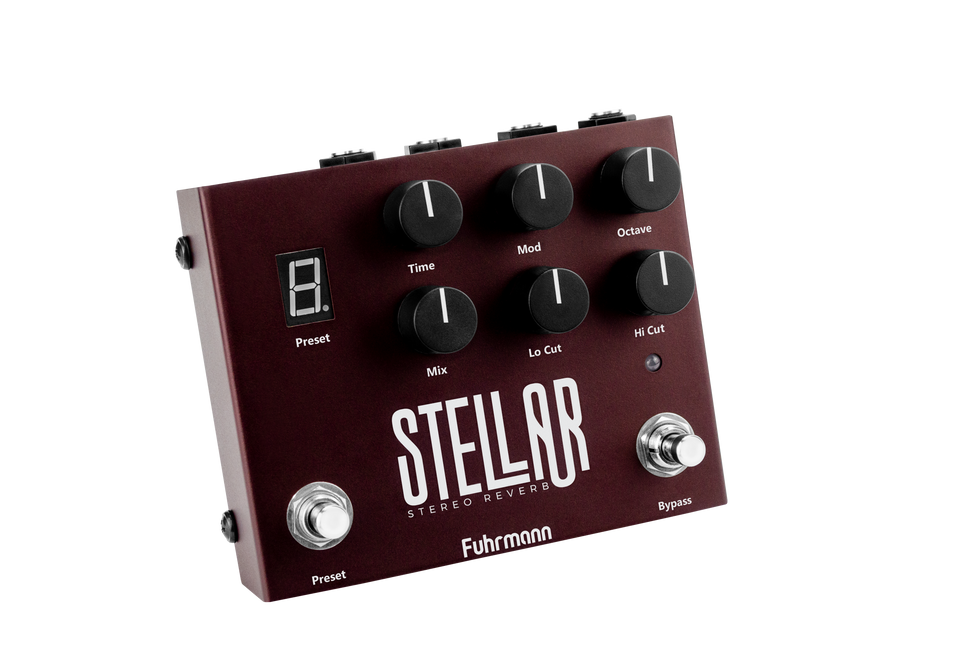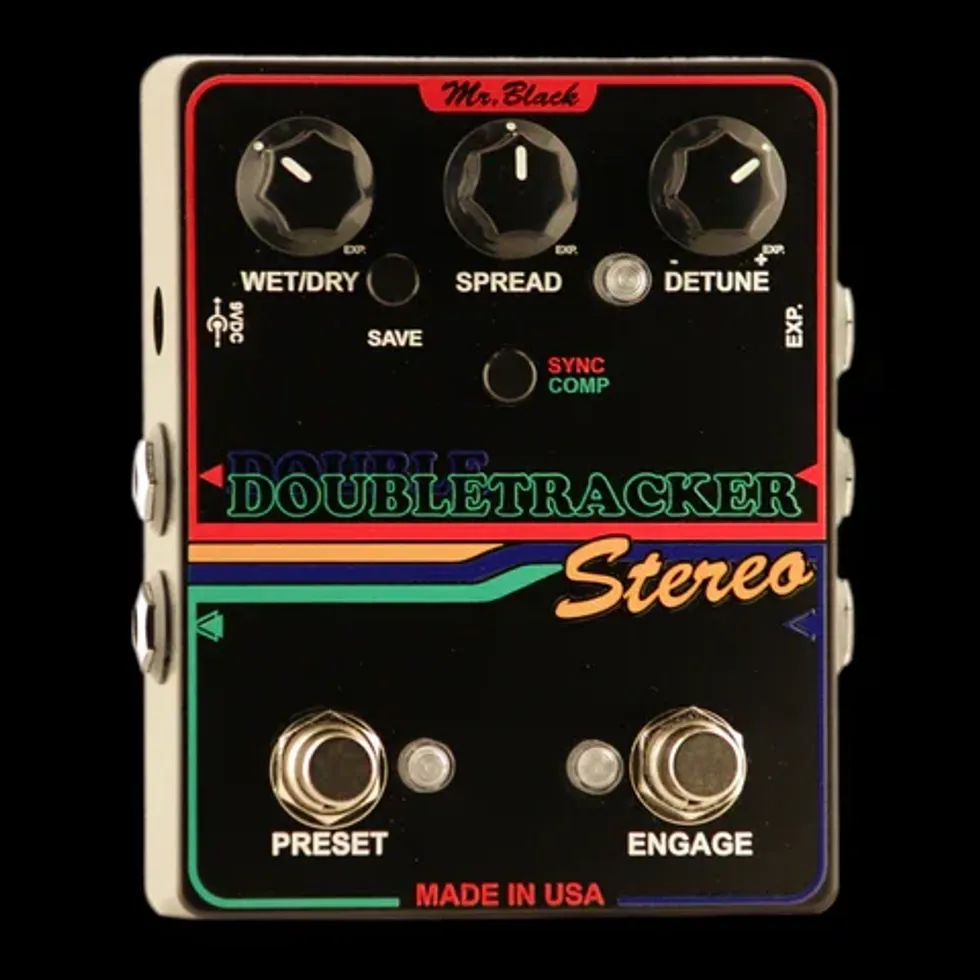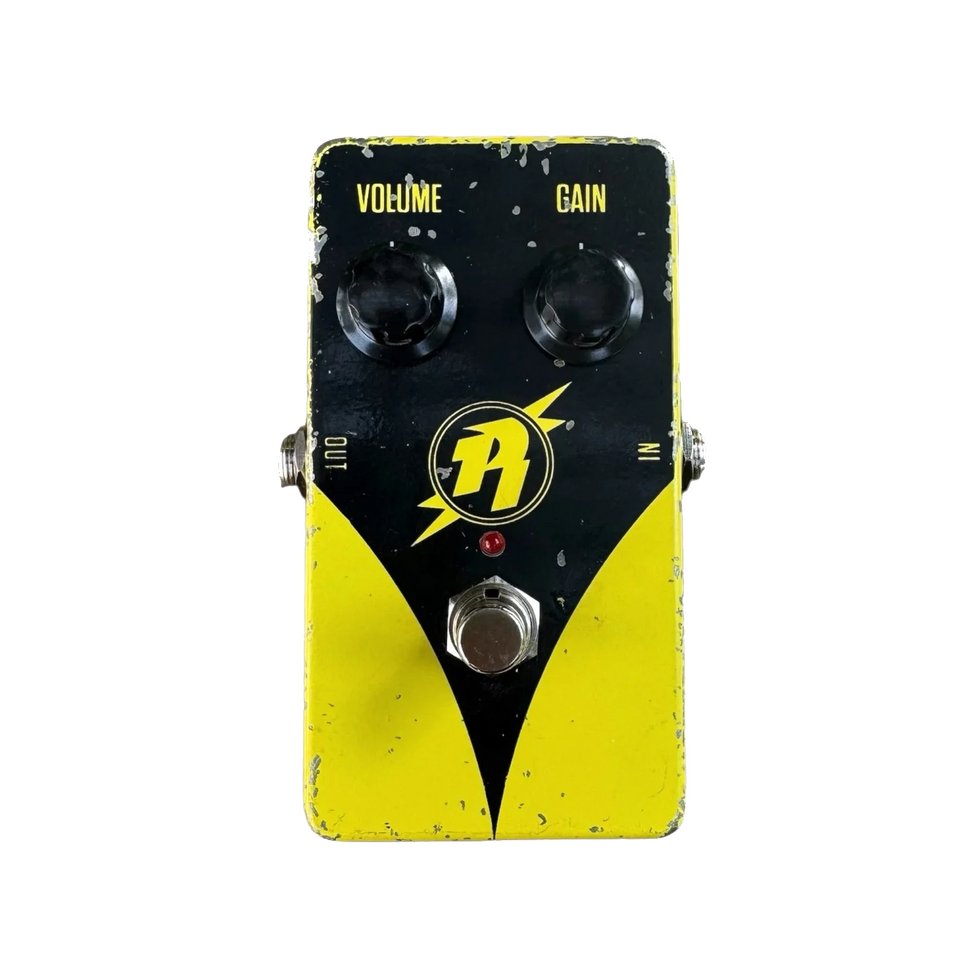The 1980s were a decade of big hair, big amps, and big guitar tones. But while those stacks of cabinets certainly made things louder, behind-the-scenes rackmount chorus and in particular, the tri-stereo chorus units available under various names such as Dyno-My-Piano, Dynotronics, and Songbird, did a lot to make ’80s guitar sound bigger still. Once these rackmount units reached the rigs of guitarists such as Michael Landau and Steve Lukather, pop radio didn’t stand a chance.
After a period of relentless ubiquity, heavily chorused guitar tones went the way of Aqua Net. But chorus made a comeback, and even rare rackmount versions of the effect have been distilled into pedal form. Eventide does a swell job cramming complicated effects into compact stomps. This time around, they’ve fit the giant tones and deep functionality of rackmount tri-stereo chorus into the pedalboard-friendly TriceraChorus.
Eventide TriceraChorus Review by premierguitar
Recorded using a G&L Legacy through a Fender 5A3 Deluxe (left) and silver-panel Fender Deluxe Reverb (right), each miked with a Shure SM57 through an SSL 2+ interface.
- Neck pickup, chorus mode, rate at 10 o’clock, detune at 10 o’clock, chorus levels at noon
- Same settings in swirl mode
- Neck pickup, swirl on, vibrato mode, rate at 3 o’clock/rate envelope cranked, detune at 3 o/clock, pitch at 11 o’clock
- Rhythm on bridge/middle, chorale mode, rate noon, detune noon, all three levels at 2 o’clock. Lead with same setting but with Klon KTR
- Same settings on bridge/middle, delay knob cranked (clean)
- Same settings but with Klon KTR
Is Three Better Than One?
Anyone who’s ever used a stereo chorus effect knows the depth and dimension it can add to a guitar tone. A tri-stereo chorus takes that idea and runs with it—creating three separate chorus signals and placing them across the stereo field—left, center, and right. The result is just as vast as you’d hope, evoking big-stadium vibes even with a pair of small combos.
Like the other pedals in Eventide's dot9 series, the TriceraChorus' dual-function knobs offer a wide range of control. On the TriceraChorus, users can use them to choose between three effect modes (chorus, vibrato, and chorale), tweak rate/rate envelope, detune amount and pitch, left/center/right levels, delay time, and filter settings. The complex nature of the pedal’s capabilities means specific settings are easy to forget, and first-time users face a bit of a learning curve. But the five factory presets are good jumping-off points for exploring possible extremes. And with the option to create 127 presets of your own you can create and recall many simple or radical formulas to suit your musical moment.
By cranking up the rate and detune past noon and playing around with a little micro-pitch shifting to taste, it was easy to evoke the Mike Stern-playing-with-Miles tones of my dreams.
Tracing The History of Chorus
In some ways, the TriceraChorus enables users to be tone archeologists and trace the history of the chorus effect to its early days. At its simplest settings, the TriceraChorus offers bucket brigade-inspired tones that evoke the sound of those ’70s stomps. And in chorus mode, with the rate at slow-to-moderate settings and the detune below noonish, the pedal offers warm gooey delights. Kick on the swirl switch and you unlock even warmer phase- and flange-style modulation. If it’s subtle sounds you seek, dialing back one or two of the three chorus level settings offers more vintage-variety sounds. On the other side of the coin, keeping the swirl engaged and switching into vibrato mode at high rate and detune settings creates worlds of weirdness.
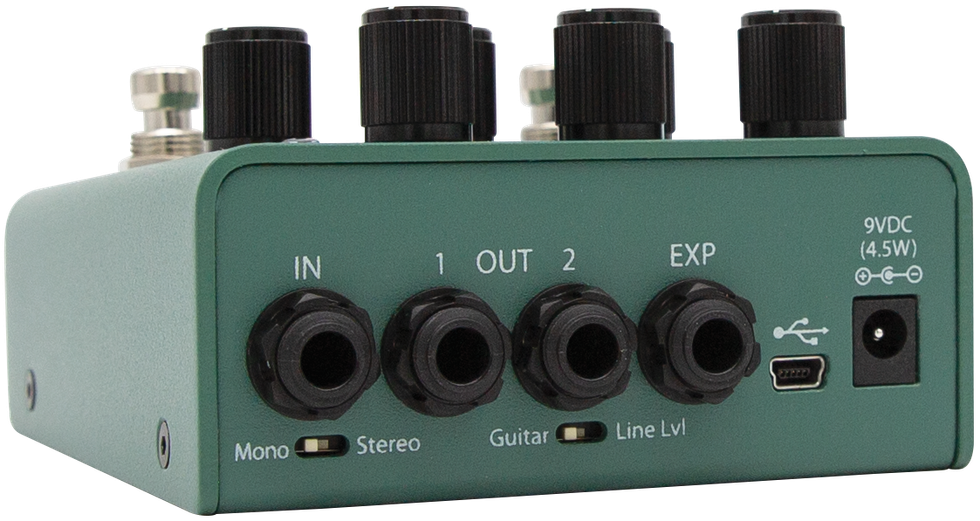
When it’s time to lean into ’80s vibes, you’ll want all three chorus levels to be audible. I found the most hi-fi tones in chorale mode with the swirl function off. Here, tight, single-note riffs and leads sing, especially with a touch of overdrive in front of the pedal. By cranking up the rate and detune past noon and adding a little micro-pitch shifting to taste, it was easy to evoke the Mike Stern-playing-with-Miles tones of my dreams. Cranking the delay knob can deliver the pedal’s most arena-ready tones and I had a blast faking my way through everything from Alex Lifeson-style suspensions to “Purple Rain.” Whatever the settings, with all three chorus voices activated, the TriceraChorus adds a lush sparkle to clean tones and buffs out the rough edges of distorted tones to create ’80s radio-ready majesty.
The Verdict
Though tri-stereo chorus was immensely popular in its heyday, its potential is still underutilized. And while I’ve never played through a vintage Dynotronics unit to know how close Eventide got to the original vibes, I’ve played through enough chorus pedals to know that the TriceraChorus does something very different. If you want quintessentially ’80s sounds, this pedal will get you there instantly. If that’s not your bag, you might not need all the extra fuss. But this Eventide has plenty of sonic rewards to offer anyone who’s even a little curious about chorus exploration and wants to embiggen their tones.








